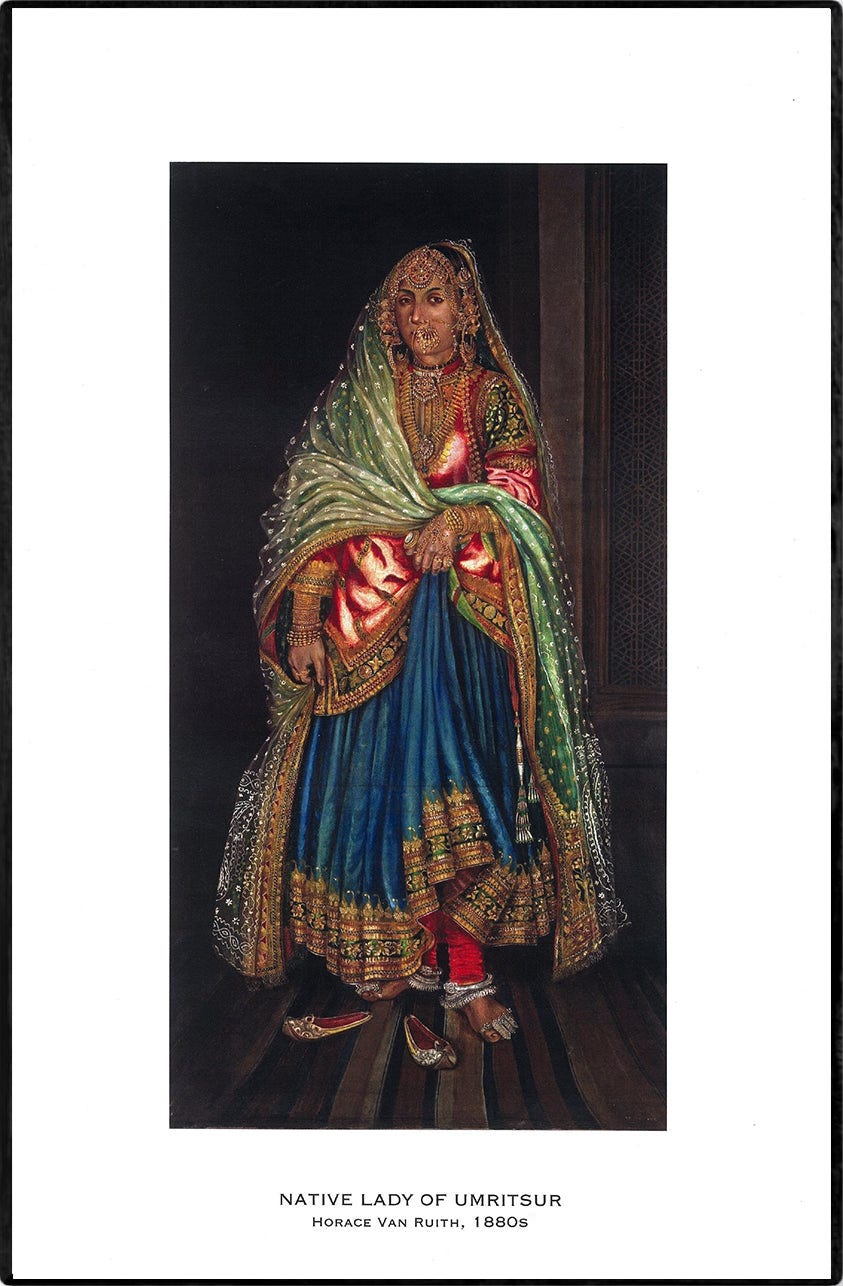Welcome to the Brown History Newsletter. If you’re enjoying this labour of love, please do consider becoming a paid subscriber. Your contribution would help pay the writers and illustrators and support this weekly publication. If you like to submit a writing piece, please send me a pitch by email at brownhistory1947@gmail.com.
Don’t forget to check out our SHOP and our Podcast.

How Amrita Sher-Gil Transformed Modern Indian Art by Zobia Alam
Amidst the diverse tapestry of artistic greatness, there are a select few who set out to fearlessly create a realm that is entirely their own. Amrita Sher-Gil, a pioneer of modern Indian art, once boldly declared, “Europe belongs to Picasso, Matisse, Braque, and many others. India belongs only to me”. With this, she unleashed her creative brilliance in South Asia, and reshaped the very essence of modern Indian art in the 20th century. Throughout her career, Amrita Sher-Gil embraced individuality and authenticity, paving the way for future generations of South Asian artists to express their identity through art. Through her paintings, she revolutionized Indian art by merging elements from the East and West, portraying the lives of bourgeois South Asian women, and celebrating her own unique identity. Amrita Sher-Gil’s artistic legacy stands as a timeless source of inspiration and admiration across the globe.
Amrita Sher-Gil was born on January 30, 1913 in Budapest, Hungary to Umrao Singh Sher-Gil Majithia, a Sikh aristocrat and Marie Antoinette Gottesmann, a Hungarian opera singer. Her artistic inclinations were influenced by her unique blend of Indian and European heritage, and her years of education in Italy and France. Amrita Sher-Gil’s fascinating multicultural experiences perhaps, played a role in her ability to break away from societal conventions and transcend the various limitations that are often imposed by particular cultural expectations. In her early years as an artist, Sher-Gil was largely inspired by renowned European artists such as Vincent Van Gogh, Paul Gauguin, and Paul Cézanne. She explored post-Impressionism and several different artistic movements such as Cubism, Fauvism, Surrealism. Amrita Sher-Gil immersed herself in the European public style, exploring femininity and sexuality through her paintings. In 1933, Sher-Gil’s painting “Young Girls” garnered significant acclaim at the Grand Salon in Paris, making her the youngest Asian artist (at only 18 years old) to receive such prestigious recognition.
In a letter to her parents Sher-Gil wrote, “My professor had often said that judging by the richness of my colouring, I was not really in my element in the grey studios of the West and that my artistic personality would find its true atmosphere in the colour and light of the east”. Despite immeasurable success in Europe where she honed her skills and garnered attention, Amrita Sher-Gil felt “haunted by an intense longing to return to India” (as written in her letter to the renowned Indian art critic Karl Khandalavala). She believed that her true fate as an artist lay in the richness of her Indian roots.





